PZL P.11c Expert Set
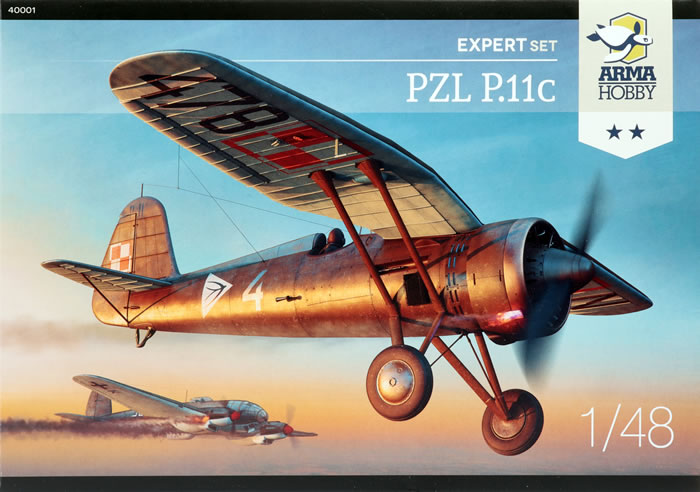
Arma Hobby, 1/48 scale
S
u m m a r y : |
Description and Item No.: |
Arma Hobby Kit No. 40001 - PZL P.11c Expert Set |
Contents and Media: |
67 parts in grey plastic, one part in clear plastic; 39 photo-etched parts; self-adhesive die cut masking sheet; markings for four aircraft. |
Price: |
€34,00 plus shipping available online at Arma Hobby
£36.99 EU Price (£30.83 Export Price) Plus Shipping at Hannants
and hobby retailers worldwide |
Scale: |
1/48 |
Review Type: |
First Look |
Advantages: |
High quality moulding; excellent surface textures and detail; effective use of multimedia; high quality decals. |
Disadvantages: |
None noted. |
Recommendation: |
Arma Hobby has established itself as a high quality model company and their debut 1/48 scale plastic kit can only enhance that reputation. |
Reviewed by Brett Green

The PZL P.11 was a Polish fighter aircraft, designed and constructed during the early 1930s by Warsaw-based aircraft manufacturer PZL. Possessing an all-metal structure, metal-covering, and high-mounted gull wing, the type held the distinction of being widely considered to have briefly been the most advanced fighter aircraft of its kind in the world.
The design of the P.11 commenced during the late 1920s, initially designated as the P.1. The primary individual responsible for its development was Polish aeronautical engineer Zygmunt Pulawski, who has been attributed as having designed many of its innovative features. While the majority of the world's forces were still using biplanes, the P.1 used a high-mounted and aerodynamically clean gull wing, which provided the pilot with a superior field of view.
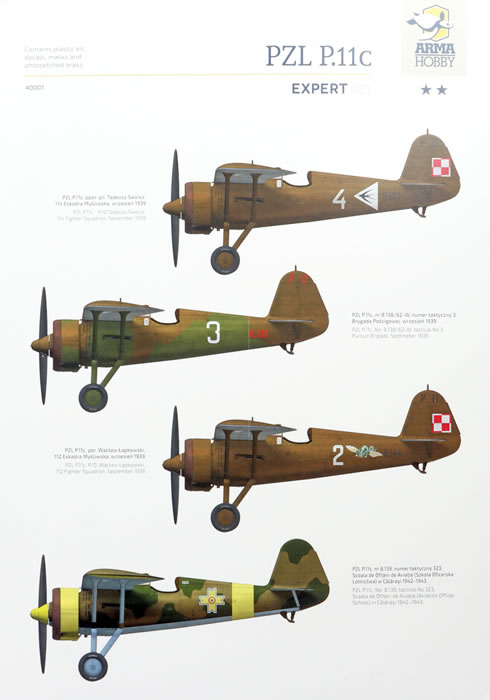
During September 1929, the first prototype conducted its maiden flight. The design quickly drew international attention; the general layout became commonly known as the "Polish wing" or "Pulawski wing". The P.11 served as Poland's primary fighter defence throughout the 1930s, including during the Polish campaign of 1939 by neighbouring Nazi Germany. However, as a consequence of the rapid advances in aircraft design during the late 1930s (seen in such fighters as the Messerschmitt Bf 109), it was outclassed by its rivals at the onset of the war.
The majority of the Polish Air Force's P.11s were destroyed during 1939; however, it is believed that as many as 36 were flown to Romania and were subsequently taken over by the Romanian Air Force. The P.11 was a considerable export success. During October 1933, deliveries of Polish-built P.11bs to Romania commenced.
From 1936, Romanian aircraft manufacturer Industria Aeronautica Romana (IAR) constructed a further 95 aircraft under the designation of IAR P.11f, powered by the Romanian-built IAR 9Krse engine.
A dedicated export model of the P.11, which was designated as the PZL P.24, was developed during the late 1930s. Reportedly, Greece, Portugal, Yugoslavia, Turkey and Republican Spain were at one point interested in procuring the P.11; these eventually resulted in several nations, including Bulgaria, Greece and Turkey purchased the P.24 instead.*
Arma Hobby has chosen the iconic Polish PZL.11c as its debut 1/48 scale injection moulded plastic kit.
Arma has established quite a reputation over the last couple of years with its 1/72 scale kits, so I have been very much looking forward to this first foray into 1/48 scale plstic kits.
Arma Hobby's 1/72 scale PZL P.11c Expert Set comprises a modest 67 parts in grey plastic, one part in clear plastic, 39 parts on one photo-etched fret, a self-adhesive die cut masking sheet and markings for four aircraft.
The grey plastic parts are delivered on a single sprue.
Moulding quality is excellent, with no flash, flaws or visible moulding imperfections on my sample.
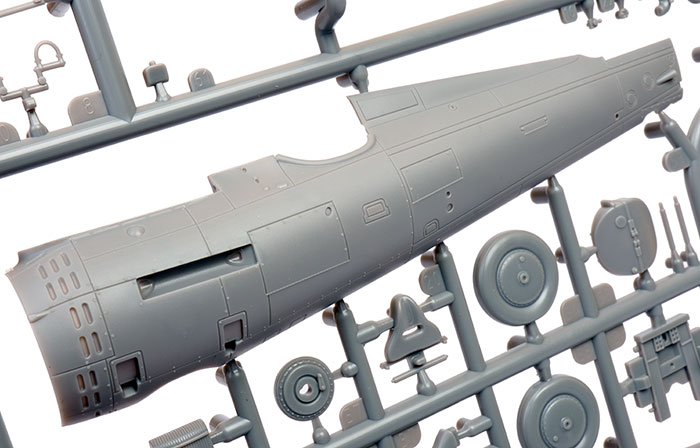
The parts are moulded with a satin finish.
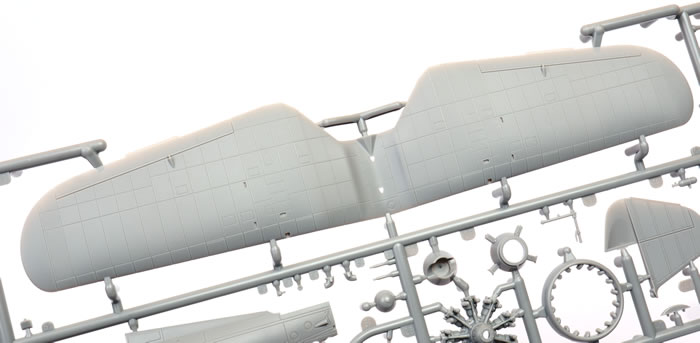
Surface textures are very impressive. Panel lines, raised strips and other structural details are subtle, crisp and consistent. The raised corrugated texture on the wings is incredibly fine.
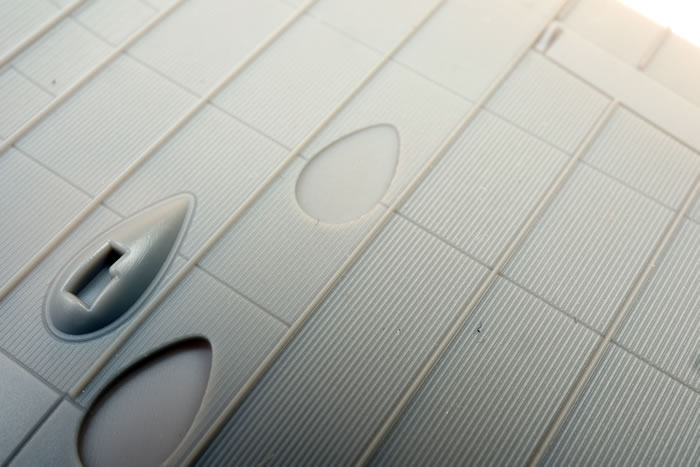
The fuselage has structural detail moulded on the interior sidewalls.
It is interesting to note that the interior of the fuselage and the wings include several close-set rings of ejector pin towers. I presume that this is an attempt to reduce or eliminate sink marks and other imperfections. They have been successful judging by the flawless exterior surfaces and the absence of any other ejector artifacts on the interior of the main parts.
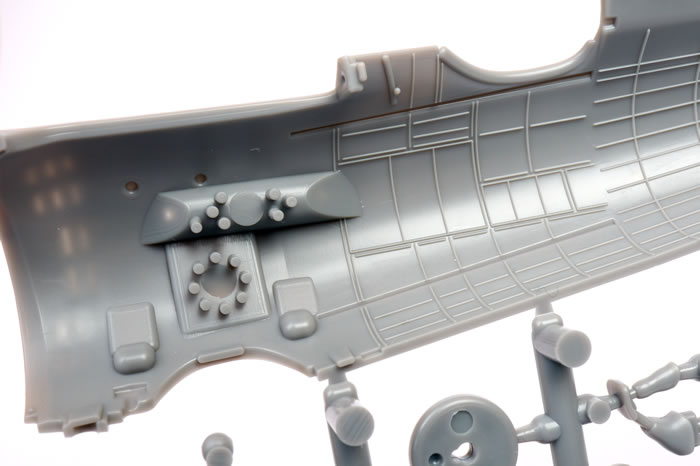
Cockpit detail is very good, with the plastic seat, "bottomless" floor and side frames as separate parts.
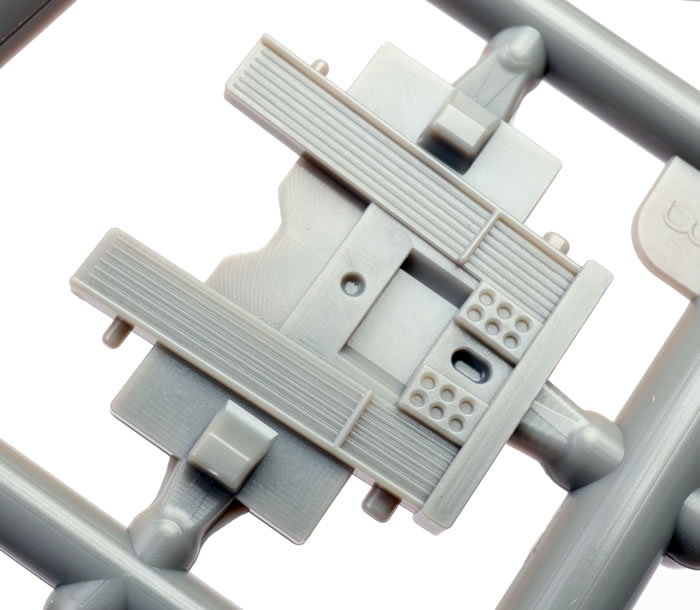
Detail here is further enhanced with photo-etched parts, including harness straps.
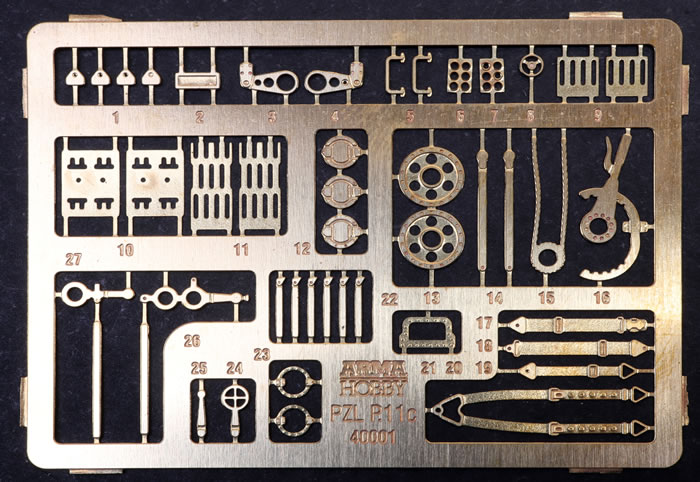
The instrument panel is a plastic part with two layered decals - one in white and one in colour - supplied for the dials.
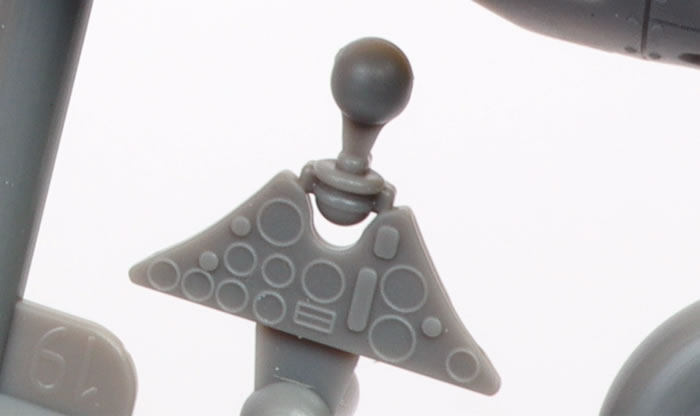
Parts breakdown is conventional. The fuselage is broken down into left and right halves with the fin supplied as a separate part, while the gull wing comprises full span upper and lower parts. All control surface are moulded in neutral positions.
Construction and alignment will be helped by the presence of locating tabs and pins.
Some of the sprue attachment points extend onto the visible surfaces of the kit parts so careful cleanup is recommended.
The engine is made up from only five pieces including the spinner, but detail still looks good. The engine cowling s supplied as top and bottom halves with a separate forward cowl that has collector ring detail moulded in place. Very nice.
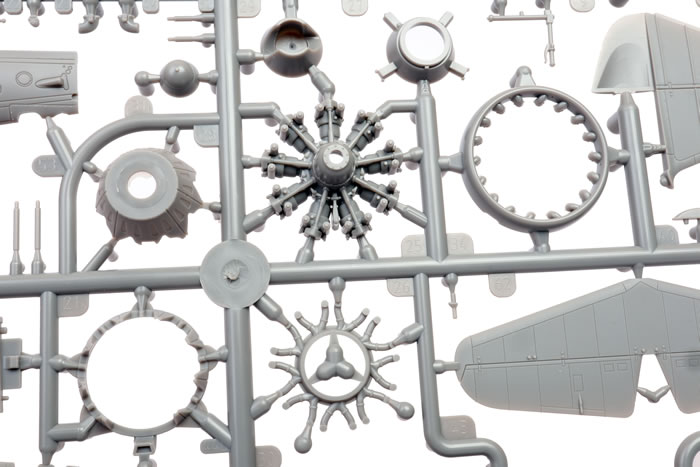
The clear windscreen is thin and clear.
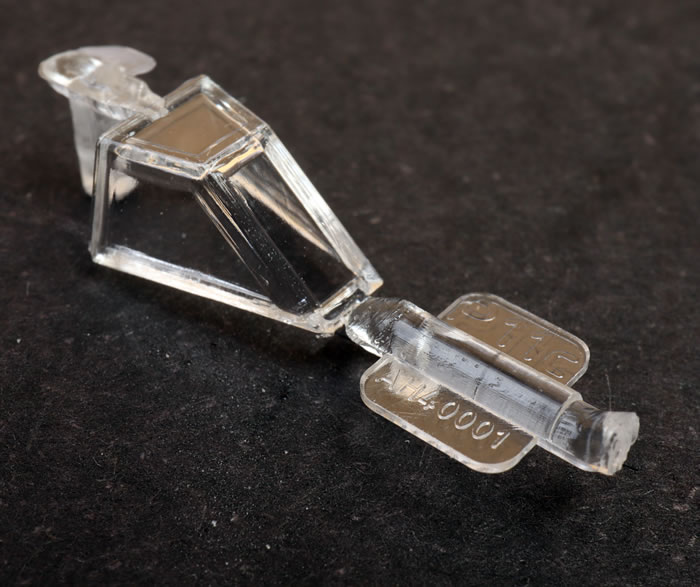
The self-adhesive, die-cut sheet provides masking for the main wheels and the windscreen.
Marking Options
Markings are supplied on a printed decal sheet by Techmod. It is glossy in finish and registration is perfect on my sample.
Silver printed numbers and markings are particularly impressive. They look genuinely metallic.
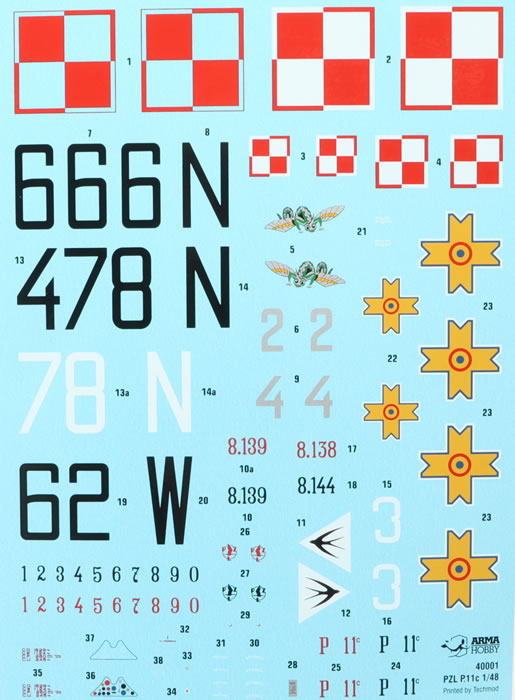
The first two options are Polish PZLs finished in Light Khaki upper surfaces and Light Blue Grey on the lower sections of the wings and tail planes.
The third Polish PZL has an interesting disruptive splinter pattern of Light Khaki and Light Green on the upper surfaces.
The final option is depicted in Romanian service in 1942-43 with upper surfaces probably in RAF Dark Earth and Dark Green, and Sky Blue below. In addition to the colourful national markings, this aircraft also sports yellow lower wingtips, fuselage band and engine cowling.
Arma Hobby has already established itself as a high quality model company and their debut 1/48 scale injection moulded plastic offering can only enhance that reputation.
Arma's 1/48 scale PZL P.11c is very well detailed, features world-class surface textures, simple parts breakdown and excellent decals.
I'm looking forward to seeing hwo this one goes together!
* Historical summary courtesy of Wikipedia
Thanks to Arma Hobby for the sample
Review Text and Images Copyright © 2020 by Brett Green
Page Created 24 February, 2021
Last updated
25 February, 2021
Back to HyperScale Main Page
Back to Reviews Page |
Home
| What's New |
Features |
Gallery |
Reviews |
Reference |
Forum |
Search